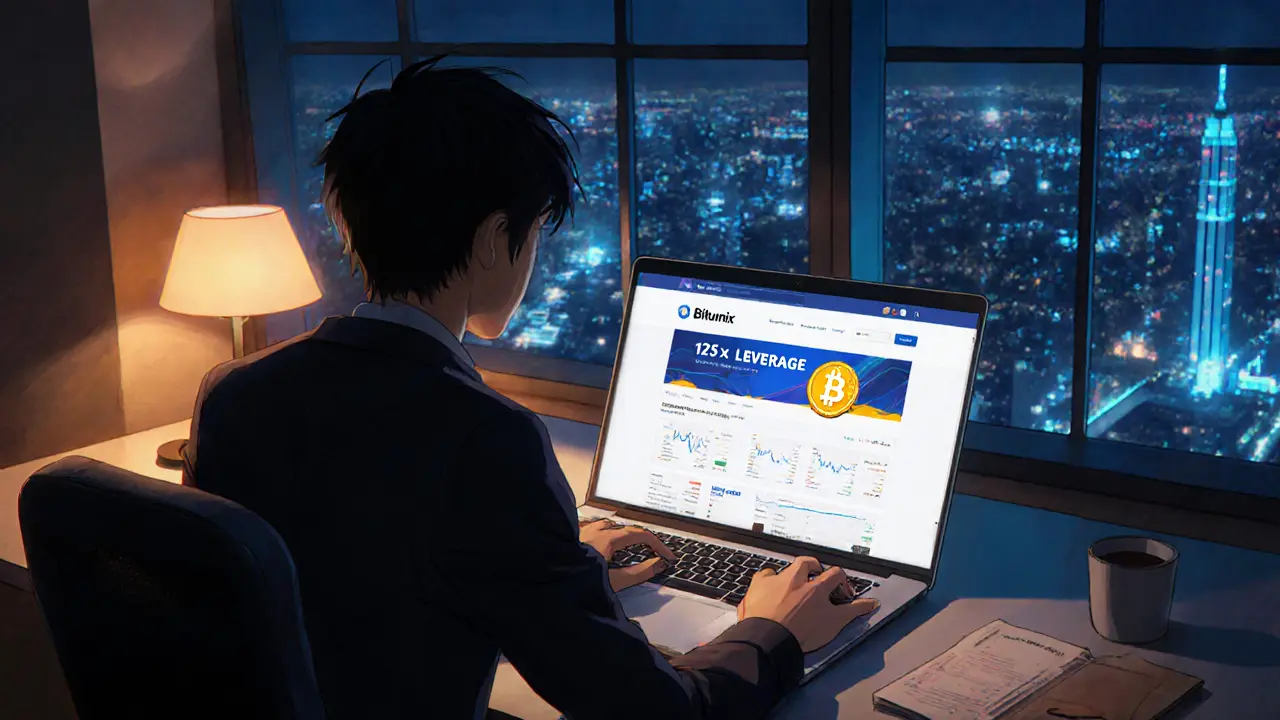125x Leverage: What It Is and Why Traders Use It
When working with 125x leverage, the practice of borrowing funds so your position is 125 times larger than the capital you actually put down. Also known as 125x margin, it lets traders amplify both gains and losses in a single trade. Margin trading, a method that lets you open larger positions by posting collateral is the gateway to this level of exposure, while crypto futures, contracts that lock in a price for a digital asset at a future date provide the actual vehicle. Because the stakes are huge, risk management, the set of tools and habits used to limit potential losses becomes non‑negotiable. In short, 125x leverage ties together borrowing, contracts, and strict safeguards to let you chase outsized moves without wiping out your account.
Key Considerations Before You Pull the Leverage Lever
First off, not every exchange lets you swing 125x. Platforms that do usually lock you into high‑volume markets like Bitcoin perpetuals or major altcoin futures, because those markets have the liquidity needed to support massive positions. You’ll notice that these exchanges charge tighter spreads and higher funding rates, so the cost of holding a leveraged spot can eat into profits quickly. 125x leverage also demands a razor‑thin margin buffer; a 0.8% adverse move can trigger a liquidation, wiping out the entire margin you posted. That’s why seasoned traders blend tight stop‑loss orders with real‑time monitoring dashboards—any delay can turn a minor dip into a full‑blown wipeout. Second, your mental game matters just as much as your technical setup. High‑leverage trading amplifies emotions; a sudden swing can spark panic or greed, leading to impulsive exits or over‑extensions. Building a clear plan—define entry, target, and stop before you place the order—helps keep feelings in check. Many pros also allocate only a small slice of their portfolio to ultra‑high leverage, treating it like a high‑risk bet rather than a core strategy. This diversification reduces the chance that a single liquidated position drags down the whole account. Third, regulatory environments differ widely. Some jurisdictions outright ban leverage beyond 20x for retail users, while others allow brokers to offer 125x under specific licensing. Always verify that the exchange complies with local laws to avoid sudden account freezes or forced closures. Additionally, look for features like negative‑balance protection, which ensures you can’t owe more than your deposited margin—a safeguard that many reputable platforms now provide. Finally, technology can be your ally. Automated bots that watch price levels and enforce stop‑losses can act faster than a human eye. Alerts via mobile apps, API‑driven order execution, and real‑time P&L dashboards give you the speed needed when a 125x position moves against you. Pair these tools with a reliable VPN if you trade from regions with intermittent connectivity, ensuring you stay connected to the exchange at all times. Putting it all together, 125x leverage is a powerful but precarious tool. It merges the concepts of margin trading, crypto futures, and rigorous risk management into a single trading approach. When you understand how each piece fits—platform requirements, cost structures, emotional discipline, and legal constraints—you can decide whether the payoff justifies the danger. Below you’ll find a curated set of articles that break down exchange reviews, token deep‑dives, airdrop alerts, and regulatory updates, all relevant to anyone considering or already using high‑leverage strategies.
